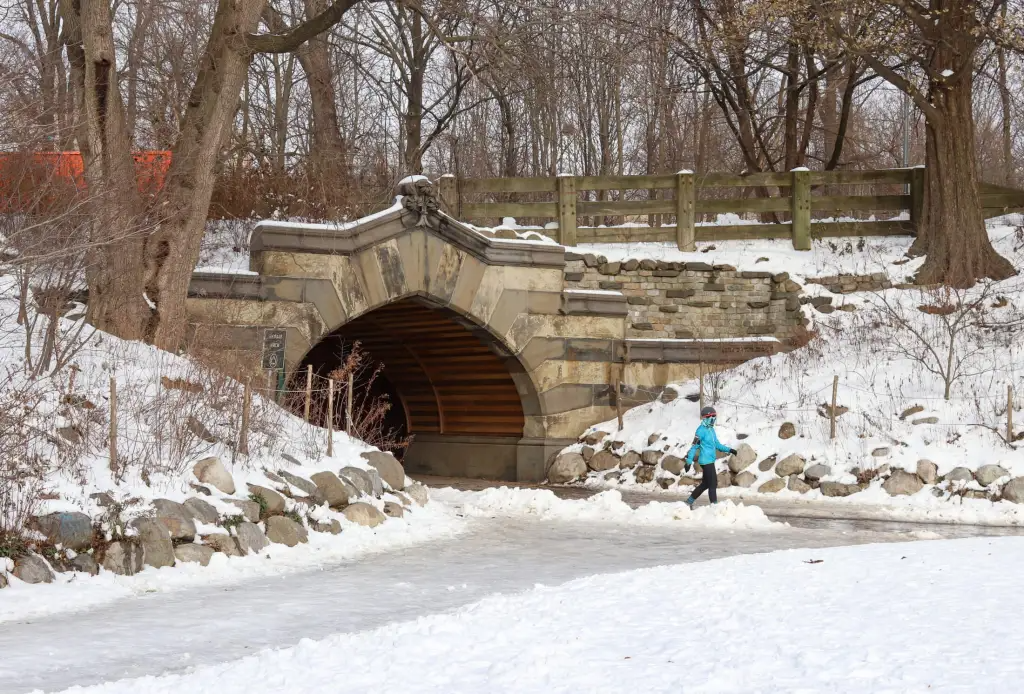Guest Post: Desecration in the Slope
We’re on vacation this week and frankly don’t plan on logging a whole lot of hours in front of the computer. So we were happy to see this ready-to-run post show up in our mailbox yesterday. Anyone else is welcome to submit this week, too. Pictures preferred. To make a long story short…On a beautiful…


We’re on vacation this week and frankly don’t plan on logging a whole lot of hours in front of the computer. So we were happy to see this ready-to-run post show up in our mailbox yesterday. Anyone else is welcome to submit this week, too. Pictures preferred.
To make a long story short…On a beautiful Park Slope brownstone block, the city owned a house: 384 Bergen, between Fourth and Fifth Avenues. It apparently had been taken for back taxes owed, the city then gave it to a community development group, the 5th Avenue Committee, to renovate for housing. This took many years. Now the renovation is complete, and the building sits empty, collecting garbage. It was developed using typical city housing projects specifications: it appears to have been stripped of details inside, the entry is aluminum sash, corridors have fluorescent 2×2 lighting fixtures, bright yellow high intensity parking lot style fixtures in back. What is the future of this building? Will the future residents have an interest in its context? What will it take to get public agencies to be more sensitive, or at least: first do no harm?





It was upsetting to read that NYC housing regs call for the destruction of historic details when renovating for the purposes of affordable housing. Who should we contact in city gov’t to put in our two cents that these rules be abolished? Once the architectural details are stripped, it becomes so expensive to try to reconstruct or replicate them. After all, even the name of this blog is Brownstoner, so let’s try to preserve them. These old buildings look so much nicer than most new construction going up in Brooklyn.
joshk, i think you answered your own question. FAC has renovated this building and now there will be 3 apartments that will be affordable for low-income community members. Under the scenario you suggest, the market is free to determine the price and as we all know, it would be well above the level that many existing families could afford. Granted, 3 apartments won’t solve the housing crisis in NYC, but it’s more than zero. Simply letting the market determine “who can afford to have it” shuts out all community members who earn well below the area median income. In fact, I’d bet it would shut out most community members at all.
I strongly disagree with the title of this article – the much-needed rehabilitation of a property on bergen street is hardly “desecration.” In fact, it’s a dramatic improvement over the previous state of the building.
I’m a former employee of the City’s department of housing – I can tell you that they do strictly limit the “extras” in any project on former City land – including, sadly, fancy lighting abd historical fixtures. If you take issue with this, I suggest you contact HPD or your elected officials instead of picking on a CDC that’s trying to develop affordable housing for people who have lived in Park Slope their entire lives.
Does the NYC government actually demand that historic details in an older building must be stripped in order to comply with its affordable housing rules? Seems odd to me.
As a community resident who’s interested in affordable housing, I too was curious about this property. I had heard awhile ago that the building would be renovated and sold as an affordable homeownership opportunity to someone from the community. When I called FAC to find out the status of the building, they informed me that they are waiting for a Certificate of Occupancy from the NYC Department of Buildings (as the earlier posted speculated) and will use FAC’s notification list to inform people of the price and application process and then hold an impartial lottery to sell the building. Also, they told me that anyone can be added to FAC’s notification list by dropping by and signing up in person.
Hope this is helpful.
Not every neighborhood in Brooklyn turned into a drug/crime/prostitution infested ghetto from 1950 -1990. Many neighborhoods sustained themselves during that time period
Do you think the ORIGINAL upper-class residents of Park Slope (1880-1950) formed their own anti-displacement committee when the lower-class started moving in?
Park Slope’s current population is more reflective of the original residents. In Park Slope’s heyday it was a thriving upper and middle class community.
The people who moved in the area from 1950 to 1990 were not the original community, neither were the lesbians.
As Will commented, why not give Fifth Avenue Committee a phone call, asking them to clean the front of the building?
yikes! it might be good to step back a little. this is ONE building in a city of many. the vast majority of subsidized housing units (and, also, affordable housing units, with or without subsidy) are located in the south bronx, central brooklyn, and harlem. the reason this building ended up in city ownership is, most likely, that (many years ago) its owner didn’t pay taxes and effectively abandoned it because he or she felt that it was worthless–this may have happened occasionally in park slope, but in parts of those poorer neighborhoods entire blocks were vacant and/or burned.
Good point that the sale may have been several years ago. Anyway, regardless whether the money could have been better spent, better that the FAC’s become landlords themselves (here and the other places they’ve bought/built) than essentially shaking down other landlords.